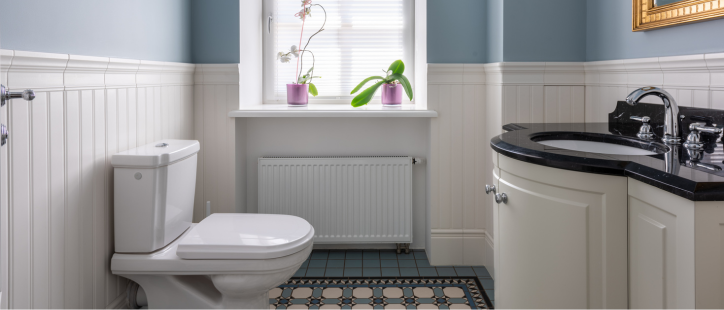A pressure relief valve is an essential safety device that is installed on water heaters, boilers, and other plumbing systems to prevent pressure buildup and potential explosions. If you notice that your pressure relief valve is leaking, it’s important to take action immediately to prevent damage to your system and ensure the safety of your home. In this blog post, we will explore what to do when a pressure relief valve is leaking.
1. Determine the Cause of the Leak
The first step in addressing a leaking pressure relief valve is to determine the cause of the problem. There are several reasons why a pressure relief valve may be leaking, including:
- High water pressure
- Excess temperature
- Sediment buildup
- Valve failure
If you’re not sure what’s causing the leak, it’s best to call the professional plumbers at Maffei Services to assess the issue and recommend the appropriate course of action.
2. Check the Water Pressure
One of the most common causes of a leaking pressure relief valve is high water pressure. If the water pressure in your home is too high, it can cause the pressure relief valve to release water in order to relieve the pressure. To check the water pressure in your home, you can use a pressure gauge or call a professional plumber to perform a pressure test. If the pressure is too high, you may need to install a pressure reducing valve to regulate the water pressure and prevent future leaks.
3. Check the Temperature Setting
Another common cause of a leaking pressure relief valve is excess temperature. If the water in your system is too hot, it can cause the pressure relief valve to release water in order to cool the system down.
To check the temperature setting on your water heater, consult the manufacturer’s instructions or call a professional plumber. If the temperature is set too high, you can adjust it to a lower setting to prevent future leaks.
4. Flush Out Sediment Buildup
Over time, sediment and minerals can build up in your plumbing system, causing clogs and other issues. If there is sediment buildup in your system, it can cause the pressure relief valve to leak.
To flush out sediment buildup, you can turn off the power to your water heater and drain the tank. This will allow you to remove any sediment that has accumulated at the bottom of the tank. It’s important to follow the manufacturer’s instructions or consult a professional plumber to ensure that you do this safely and effectively.
5. Replace the Valve
If none of the above solutions work, it may be necessary to replace the pressure relief valve. Over time, the valve can wear out or become damaged, causing it to leak. Replacing the valve is a job that should be done by a professional plumber who can identify the right type of valve for your system and install it correctly to prevent future leaks and ensure the safety of your home.
Our Plumbers Are Licensed & Insured Experts
A leaking pressure relief valve is a serious issue that should be addressed as soon as possible to prevent damage to your plumbing system and ensure the safety of your home. By identifying the cause of the leak and taking the appropriate steps to fix it, you can prevent future issues and keep your plumbing system functioning properly.
If you’re not sure what to do when your pressure relief valve is leaking, it’s always best to call the professional plumbers at Maffei Services for assistance. With our expertise and experience, we can quickly identify and fix the problem, saving you time, money, and hassle in the long run.



